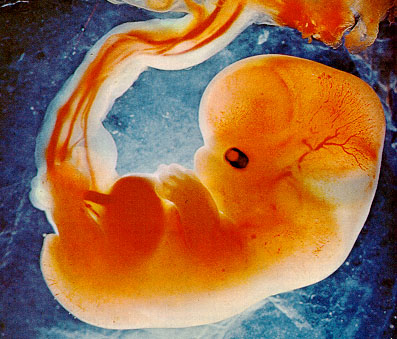Development Summary

Cells
commit to cell fates, which can be redefined, thus making development
flexible
Regulation
is integral in development
The
xx/xy system of sex determination is
believed to have
arisen independently many times over
The
germ line is a binary, irreversible decision that happens in early
development
P
granules and the cell cytoskeleton contribute to the separation of soma
from
germ line in early development.
The formation of concentration gradients of the two transcription
factors BCD
and HB-M allows positional information along the A-P axis to be
established.
Positional information can be established by cell-cell signaling
through a
concentration gradient of a secreted signaling molecule.
Through transcription-factor regulation patterns, positional
information leads
to the formation of the correct number of segments.
The complexity of regulatory elements of the pair-rule genes turns an
asymmetric (gap-gene) expression into a repeating one.
Segement identity is established through asymmetric gap-gene expression
patterns
that deploy an asymmetric pattern of homeotic gene expression
Intracellular
and intercellular positive feedback loops make sure the fate of cells
is
remembered.
Components of developmental pathways are mixed and matched to make new
pathways.
Insect
and mammalian homeotic genes are arranged
on the
chromosome in an order that reflects their spatial expression from
anterior to
posterior.
The same basic building blocks and regulatory devices are used in most
organisms.
Plant and animal cells use the same strategy to control gene expression
and
transcription.